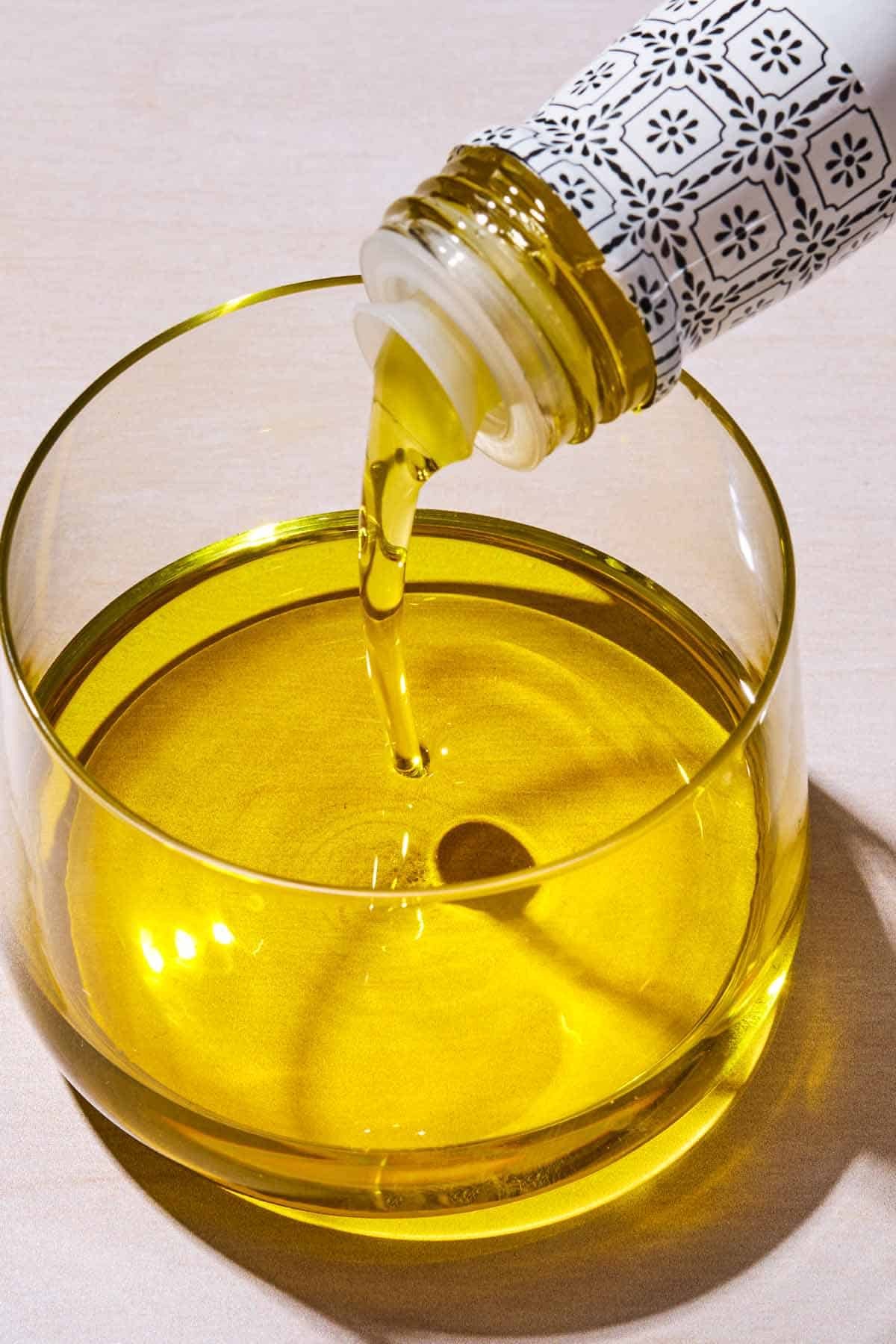Olive oil, especially extra virgin olive oil (EVOO), is a cornerstone of Mediterranean cuisine and a favorite among health-conscious cooks. But questions often arise: Can you cook with extra virgin olive oil? What about its smoke point? Is it safe for searing, sautéing, or frying? And does cooking affect its health benefits? Let’s dive deep into the world of cooking with olive oil.
The Truth About Cooking with Olive Oil
Yes, you absolutely can cook with olive oil. It’s not only safe but also a healthy and flavorful option. Debunking the myth that heating olive oil creates harmful compounds, research from institutions like the Culinary Institute of America affirms its safety, even at high temperatures. In fact, olive oil often ranks highly among cooking oils for its health benefits. Using olive oil in cooking is safe, even for high-heat methods, and is a very healthy cooking alternative.
Health Benefits of Olive Oil
Extra virgin olive oil is celebrated for its numerous health advantages. It’s packed with polyphenols, beneficial fatty acids, and antioxidants. Studies suggest it can combat inflammation, fight cancer cells, and eliminate harmful bacteria. As a key component of the Mediterranean diet, EVOO is linked to reduced rates of cardiovascular disease and certain cancers. Using quality olive oil adds flavor while also benefitting your health.
Understanding Olive Oil’s Smoke Point
The smoke point is the temperature at which a fat begins to break down and smoke. Olive oil’s smoke point varies from 374°F to 450°F (190 to 232°C), depending on the type.
However, smoke point isn’t the only factor to consider. Oxidative stability, which measures an oil’s resistance to breaking down when exposed to oxygen, heat, and light, is equally important.
Olive oil is safe to use even at high temperatures. Here’s a comparison of smoke points for various cooking fats:
- Butter – 302°F
- Unrefined Coconut Oil – 350°F
- Canola Oil – 400°F
- Grapeseed Oil – 420°F
- Sunflower Oil – 440°F
- Vegetable Oil – 400 to 450°F
- Peanut Oil – 450°F
- Refined Coconut Oil – 450°F
- Corn Oil – 450°F
- Olive Oil – 374-450°F
- Avocado Oil – 570°F
Oils labeled “pure” or “light” olive oil have a higher smoke point than extra virgin olive oil.
Olive Oil and Oxidative Stability: What You Need to Know
Oxidative stability is a critical factor when choosing a cooking oil. Extra virgin olive oil excels in this area due to its high content of monounsaturated fatty acids (MUFAs) and antioxidants.
MUFAs are heat-stable and considered healthy fats, offering anti-inflammatory and heart-healthy benefits. Unlike polyunsaturated fats (PUFAs), which are unstable at high heat, MUFAs in olive oil remain relatively stable.
Studies show that oils high in PUFAs, like corn oil, produce more harmful compounds than EVOO when heated, despite having a higher smoke point. Antioxidants in EVOO further protect against oxidation, making it a superior choice for cooking. Olive oil’s natural antioxidants help it stay stable and resist breaking down when heated.
Does Cooking Reduce Olive Oil’s Health Benefits?
Heating olive oil can cause some flavor compounds to evaporate and reduce the amount of polyphenols. However, studies show that healthy antioxidant and polyphenol levels remain significantly high even after heating.
Key compounds like oleic acid (an omega-3 fatty acid), sterols, and squalene remain stable in olive oil, retaining much of its nutritional value. So, while some flavor may be lost, many beneficial nutrients are preserved. The flavor will change slightly but a lot of the health benefits remain.
Choosing the Best Olive Oil for Cooking
Flavor is a primary reason to cook with extra virgin olive oil. The best olive oil complements and enhances your dish. There are various cultivars of olive, each with a unique flavor profile ranging from buttery to peppery.
Select an olive oil that complements the flavors of your dish. Mild and buttery oils are suitable for delicate flavors, while bolder oils work well with robust dishes.
Tips for Cooking with Olive Oil Like a Pro
Here are some essential tips to help you get the most out of cooking with olive oil:
- Don’t crank the heat: Heat the oil until it shimmers, but not smokes. Watch for a slight sheen on the surface with tiny bubbles.
- Watch the splatter: Use a splatter guard to prevent burns and oil stains.
- Store it right: Keep olive oil in a cool, dark place to protect its flavor and nutrients.
- Use it up: Consume opened olive oil within 3 months for optimal flavor. A bottle of unopened extra virgin olive oil will last for 18 to 24 months.
Can You Deep Fry with Olive Oil?
While possible, it’s generally not recommended. Quality extra virgin olive oil is relatively expensive, and deep frying requires a significant amount of oil, which is often discarded afterward. For deep frying, consider a cheaper, neutral-tasting oil like grapeseed oil.
Baking with Olive Oil: A Delicious Alternative
Yes, you can absolutely bake with olive oil, adding a unique flavor and moistness to your creations. Substitute olive oil for butter in recipes for whole wheat bread, blueberry muffins, chocolate cake, and more.
For sweet recipes, use a fruity rather than peppery olive oil. A mild and buttery Arbequina Olive Oil works exceptionally well in baking.
Embrace Cooking with Olive Oil
Olive oil is a versatile and healthy cooking fat that can enhance a wide range of dishes. By understanding its properties and following these tips, you can confidently cook with olive oil and enjoy its many benefits. From sautéing and roasting to baking and dressings, olive oil is a kitchen essential for flavor and well-being.

